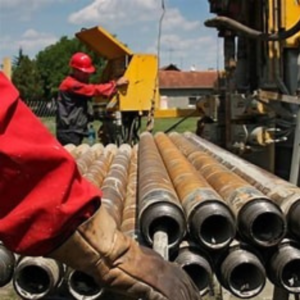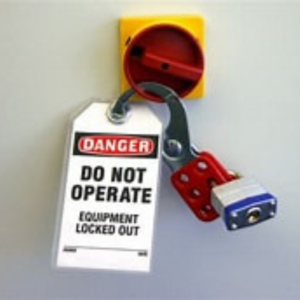Subtotal $0.00
WELCOME TO OUR SAFETY PLUS-U.S.A, LLC
Enabling Objectives:
Most electrical accidents result from one of the following three factors:
Many industries rely on efficient handling and storage of materials through diverse operations to function properly. A variety of tools/equipment is used to move, store, use, and dispose of materials. For example, in general, industry workplaces, the following operations may exist: hoisting materials with a crane, driving a truck loaded with products that may be hazardous due to physical or chemical characteristics, manually carrying bags or other types of containers filled with materials, and stacking drums, barrels, kegs, boxes, or loose items/products.
To help reduce potential accidents associated with workplace equipment, employees need to be trained in the proper use and limitations of the equipment they operate.” Employers and their employees need to know how to effectively use equipment such as conveyors, powered industrial trucks or forklifts, cranes, slings, and other materials handling equipment and how to identify and correct unsafe conditions, practices, and equipment to create a safer workplace.
Since workers are the target audience, this presentation emphasizes hazard identification, avoidance, and control – not standards. No attempt has been made to treat the topic exhaustively.
This presentation is not a substitute for any of the provisions of the Occupational Safety and Health Act of 1970 or for any standards issued by the U.S. Department of Labor. Mention of trade names, commercial products, or organizations does not imply endorsement by the U.S. Department of Labor.
This standard applies to all construction employees and employers who work on, under, or in close proximity to scaffolding and aerial lifts. Employees erecting and dismantling scaffolds also are covered.
General References:
· OSHA Publication 3150, A Guide to Scaffold Use in the Construction Industry:
www.osha.gov/Publications/osha3150.pdf
· OSHA Construction Scaffolding eCAT
www.osha.gov/SLTC/scaffolding_ecat/index.html
Lockout Tagout applies to General Industry, although in the field of construction there has been discussion of developing a similar standard. The rule applies to machinery that can start by itself or maybe turned on by other co-workers, or even by the worker who is on the machine in question. The key element is that the rule applies to any worker who is exposed to the hazard of the release of energy.
The regulation specifically excludes hot tap operations and equipment that is connected by a cord and plug IF that plug can be pulled out of the wall and in control of the worker while the maintenance is being performed.



